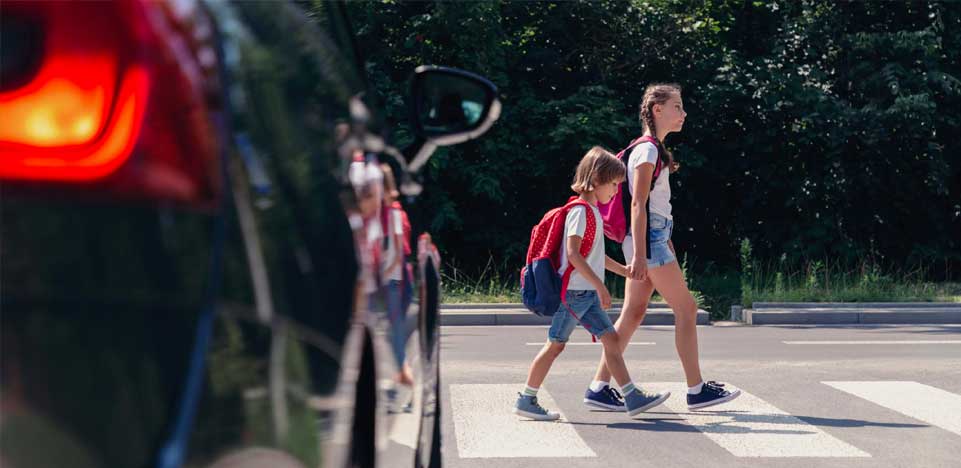
Even though motor vehicles are frequently involved in accidents with other motor vehicles, pedestrian accidents are distinct because a pedestrian is more likely to sustain a serious injury. As a result, it is critical to speak with a Colorado pedestrian accident lawyer who can examine the facts of your case and assist you in constructing the best claim possible.

